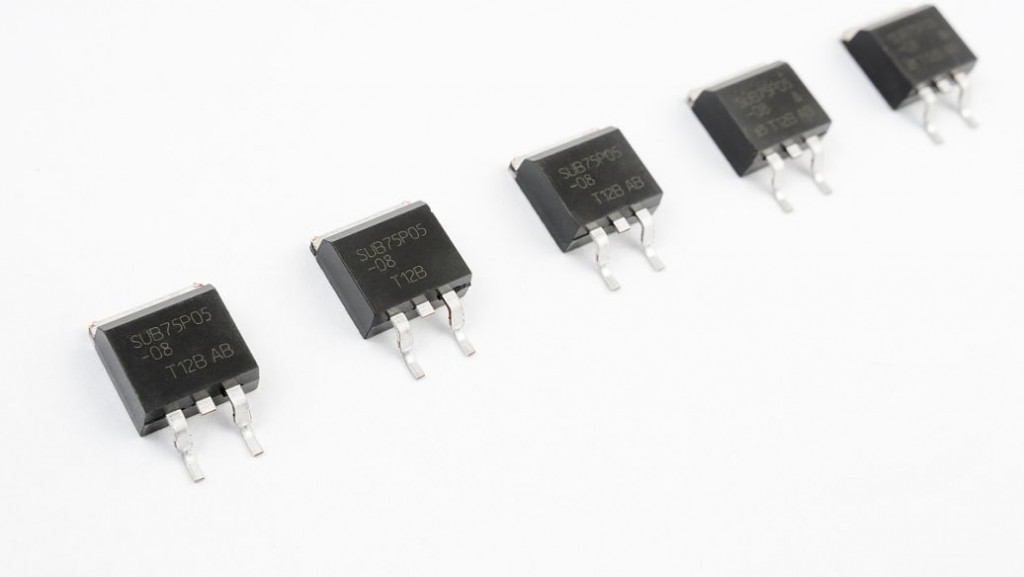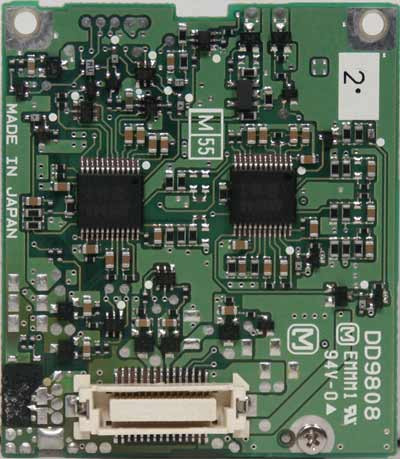Electronic Devices for Medical Applications: Safety, Reliability, and Biocompatibility Requirements
https://makerv2.webteractive.co/blog/electronic-devices-for-medical-applications-safety-reliability-and-biocompatibility-requirements
Electronics engineers working in industries that design equipment for the healthcare industry are responsible for ensuring their safety and reliability in line with standards of the medical industry. This article will explore the most critical considerations in designing electronics for medical use.
Detect and Convert Low Frequency Vibrations in IIoT Applications with KEMET VS Vibration Sensors
https://makerv2.webteractive.co/blog/detect-and-convert-low-frequency-vibrations-in-industrial-application-design-with-kemet-vs-vibration-sensors
KEMET’s VS Vibration Sensors have a 10Hz to 1,5000Hz frequency range, and the ability to detect even the most feeble levels of vibration throughout a large sensing bandwidth—making them ideal for industrial applications.
Cadence and Broadcom Collaborate on Developing Semiconductors for Next Gen Industrial Applications
https://makerv2.webteractive.co/blog/cadence-and-broadcom-collaborate-in-developing-semiconductor-products-for-industrial-applications
Cadence Design Systems is expanding its collaboration with Broadcom to create semiconductor solutions targeted towards next-generation wireless and industrial applications, broadband, and enterprise storage.
The Historical Progression of IC Design
https://makerv2.webteractive.co/blog/the-historical-progression-of-ic-design
From consumer electronics to household appliances and industrial machines, ICs (integrated circuits) are found in almost every kind of electronic device today.
A Grain-Sized Sensor for Wearables or Drone-Based Use in Industrial Environments
https://makerv2.webteractive.co/blog/a-grain-sized-sensor-for-wearable-or-drone-based-use-in-industrial-environments
Scientists from General Electric's Research division in Niskayuna, New York, have made a breakthrough in the development of a grain-sized gas sensor design that claims high performance and precision.
Generative Design: A Breakthrough in 3D Printing?
https://makerv2.webteractive.co/blog/generative-design-a-breakthrough-in-3d-printing
As 3D printing’s popularity grows, one of the new areas that it has opened up—generative design—has become a hot topic. Are its benefits to product design and engineering as prevalent as we’re told? We define generative design, consider the industrial implications, and ultimately consider this question.
Why We Love to Hate MATLAB But Secretly Need It
https://makerv2.webteractive.co/blog/why-we-love-to-hate-matlab-but-secretly-need-it
Electrical engineers working in diverse industries use software tools to model and test their ideas before implementing them. The system-level design attempts to simulate the behaviour of a system using a high-level programming language.
Multi-chip Modules That Meet Growing High Performance and Miniaturisation Standards
https://makerv2.webteractive.co/blog/multi-chip-modules-that-meet-growing-high-performance-and-miniaturisation-standards
Due to the growing demand for compactness and greater efficiency in consumer electronics, Internet of Things, aerospace, defence, biotechnology industries and more, manufacturers face the challenge of designing systems with greater miniaturisation while being increasingly powerful. To achieve this, engineers must utilise smaller, more efficient components.
The Key Features of VadaTech’s VT931 MicroTCA Chassis Platform
https://makerv2.webteractive.co/blog/the-key-features-of-vadatechs-vt931-microtca-chassis-platform
VadaTech has announced its VT931, a 4U (i.e. 7 inches-high), rugged MTCA.1 Chassis Platform with 12 Advanced Mezzanine Card slots. It is specifically designed to be used in a lot of military, aerospace, industrial and transportation applications.





